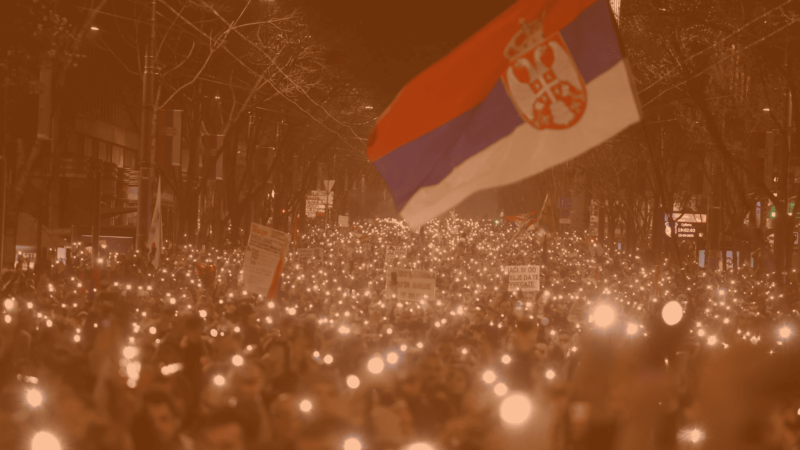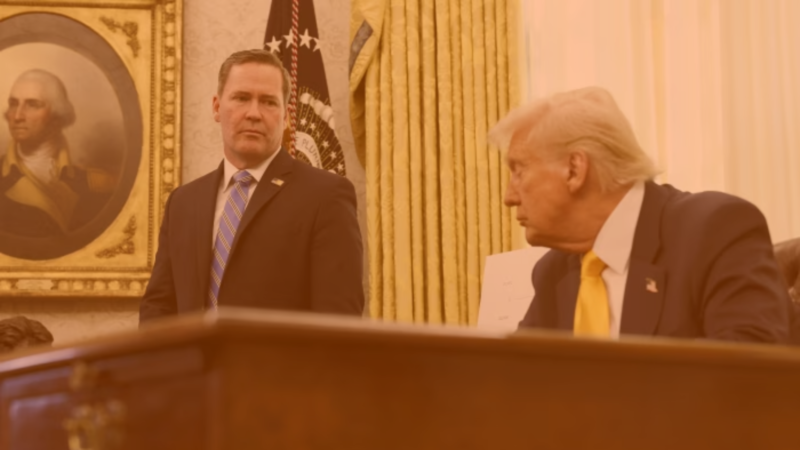Never before has humanity been faced with such global challenges that need global solutions — we must band together in our future actions to tackle this health and climate catastrophe.
I remember watching a documentary several years ago that explained scientists’ prediction about the ways in which the human species might come to an end on earth. There were six different ways and I remember three of them: an asteroid hitting earth, a nuclear war, and a pandemic. I cannot recall whether global warming was a common idea at that time, but in any case I was too young to give any serious thought to those risks for humans. Never had I imagined that many of those risks would move closer to us with increasing speed since then.
The pandemic has made us aware of the risks that come with our way of life
Scientists have long been aware of the risks of coming into contact with wildlife. EchoHealth Alliance, a NGO devoted to the prevention of the spreading of diseases and protection of animals and humans from infectious diseases has been monitoring disease hot-spots around the globe for years. According to the president of the EchoHealth Alliance, dr. Peter Daszak there could be up to 1.7 million unknown viruses in wildlife.
The risk of coming into contact with these viruses is ever increasing due to our way of life. Clearing forests to build roads, mines and buildings, not only destroys the environment and increases the risk of climate breakdown, but also moves humans into closer contact with the habitat of wildlife. As such, the risk of triggering the next pandemic is exponentially increasing and nobody really knows what the consequences could look like. COVID-19 appears to be less severe in children than in older age groups, but we might not be that lucky next time around — such pandemics could endanger generations to come.
The burning of fossil fuels and human health
Although there is no direct link between the current pandemic and global warming, human activity is the main factor of both. Meanwhile, global warming and the increase of CO2 concentrations in the atmosphere are driving a series of health problems.
One study published in the European Heart Journal last year found that air pollution, mainly from burning fossil fuels, is the cause of 8.8 million extra deaths globally each year. This number actually exceeds the extra deaths from tobacco smoking, which according to the World Health Organisation (WHO) is around 7.2 millions per year. Furthermore, polluted cities appear to have been the most affected by COVID-19 — people in these cities are more likely to already suffer from the health impacts of pollution and are rendered more vulnerable to the virus. Pollutants can also act as ‘carriers for contagion’.
As one of the authors, professor Münzel from the University Medical Centre Mainz, Germany explained: “Since most of the particulate matter and other air pollutants in Europe come from the burning of fossil fuels, we need to switch to other sources for generating energy urgently. When we use clean, renewable energy, we are not just fulfilling the Paris Agreement to mitigate the effects of climate change, we could also reduce air pollution-related death rates in Europe by up to 55%.”
Of course it does not stop there. Rising temperatures can drive mosquitoes and other disease-spreading insects to areas unnatural for them until now. Malaria and other infectious diseases could become common even in developed countries.
Furthermore, extreme heat waves, like that in Europe in 2003 and 2019, are associated with excessive rates of death and hospitalisation. Global warming also increases the likelihood of wildfires like the ones we have seen in Australia earlier this year, with loss of human life, millions of animals, destruction of buildings and dangerous air pollution, especially for people with chronic conditions.
As usual, all the problems described above disproportionately affect the most vulnerable segments of the population, such as the poor, the sick, the elderly, and people who live alone.
It’s a systemic problem
Based on the recognition that global outbreaks of once localised infections were becoming likely, the World Health Organisation (WHO) established a group of experts in 2015 in order to try to identify the biggest threats.
In a meeting in Geneva in 2018 the experts predicted that a disease resembling COVID-19 was probable. They even admitted that the predicted outbreak was preventable. Jennifer Kahn, a journalist for the New York Magazine, who interviewed dr. Peter Daszak, quotes him in her article: “The problem isn’t that prevention was impossible. It was very possible. But we didn’t do it. Governments thought it was too expensive. Pharmaceutical companies operate for profit.”
Whether the decision by the governments is surprising depends on one’s point of view. But as far as pharmaceutical companies are concerned, Dr. Daszak hit the nail on the head. Just as for any other private company, their own institutional structure compels the pharmaceutical firms to choose profit before any other values, including human life. As a Goldman-Sachs analyst put it in an interview with CNBC in 2018: “Is curing patients a sustainable business model?”
The thinking behind it is that as people get cured from a disease, they do not need to buy the medicine anymore. The consequence here is falling revenues for the pharmaceutical companies. As an example, the analyst used falling revenues of Gilead Sciences because its hepatitis C drug – costing $85,000 per treatment – had cure rates of 90%. Ironically, Gilead Sciences also owns the drug Remdesivir, which has been touted as an effective treatment for COVID-19 patients, according to a recent study. The costs of the study itself? Paid by the public of course.
Thoughts for the future
There are voices that say that we should not be panicking about climate breakdown. Personally, I wish I had started panicking many years ago. According to the predictions of climate scientists, our time is running out to prevent ecological, and, perhaps, even societal collapse.
In this regard, the Green New Deal for Europe, advanced by DiEM25, offers the most comprehensive approach to the problems we are facing in Europe and the rest of the world.
First, it declares a climate emergency in the EU and commits to continuously updating climate targets to align with scientific consensus.
Second, the green transition outlined in the Green New Deal for Europe is based on economic and social justice.
Third, it stresses that the financial constraints of investments are artificial and it outlines concrete steps of how to pay for the green transition.
Finally, it recognises that the Global South bears an unfair share of the global warming — apart from the already-existing exploitation from multinational corporations.
Its policies offer an immediate response to the current crisis. Its proposal of a European Health and Care Standard, for example, would establish a minimum standard for public healthcare across the continent, setting up a resilient healthcare system to cope with future health crises. Making green technology available at low or no cost to developing countries could also help reduce the pressure on the environment and limit involuntary migration.
The European Commission has adopted — at least on paper — some of the aspects of a Green New Deal. But Ursula von der Leyen’s vision fails to recognise the level of public work and financing required for the green transition. Without this recognition, the European Commission’s plans have slim — if any — chances to succeed. This is another reason why these aspects are central to the Green New Deal for Europe.
The power of the industry lobby in Brussels should not be underestimated. It is no surprise that some EU politicians have been trying to use the COVID-19 pandemic as an excuse to postpone policies for a green transition. In the face of this considerable opposition to the European Commission’s paper is only filled with words like ‘Europe should’ of ‘the European Commission will propose’, showcasing a lack of urgency during the crisis.
Our tasks as activists could be delineated in several directions. On the educational level, we should spread the idea of the Green New Deal for Europe in our local communities. At the same time we should encourage people from these communities to express their own ideas about the green transition.
The challenges we face today, be it global warming, or pandemics, or falling living standards for the majority of the population and the rising inequality, have the same roots
A global economy, whose centerpiece is maximising profits, leaves less room, if any, for other human values.
The Green New Deal for Europe campaign extends cooperation with other grassroots organisations in order to keep the pressure on national governments to pass laws and implement EU directives that move the economy and society towards a sustainable just transition. Good examples should be praised and foot-dragging should be exposed as inexcusable.
Never before has humanity faced such global challenges that need global solutions — it is now more important than ever that we band together transnationally in our future actions to tackle this health and climate catastrophe.
That’s why the DiEM25 and Sanders Institute backed Progressive International is calling for a Global Green New Deal. Indeed, “the pandemic is the best chance we’ll ever have to be shocked into action before the climate crisis overwhelms us.”
Read the Green New Deal for Europe report.
Redi Pecini was born in Albania and moved to Denmark in 1999 shortly after finishing medical school. He is currently working as a specialist in heart diseases at the Copenhagen University Hospital in Denmark. He lives in Copenhagen with his wife and two kids, and has been a member of DiEM25 Copenhagen DSC since February 2017.
Read Redi Pecini’s article ‘Global warming will not spare Denmark’.
Do you want to be informed of DiEM25's actions? Sign up here

